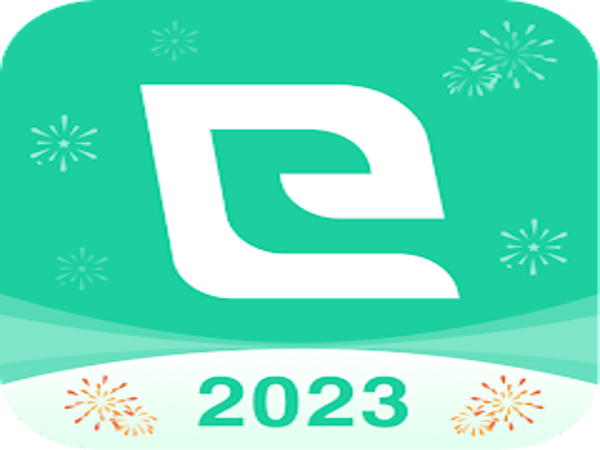The rise of content creation has provided people with multiple platforms to share their ideas, experiences, and knowledge. Blogging and vlogging are two of the most popular forms of content creation today. While they may seem similar, they have distinct differences in terms of content delivery, setup, and earning potential. In this post, we’ll break down the differences between blogs and vlogs, discuss the pros and cons of each, and help you determine which is easier to start and start earning from.
What is a Blog?
A blog is a website or web page where individuals or businesses share written content, known as blog posts. These posts often include images, infographics, and embedded videos but are primarily text-based. Blogs are ideal for readers looking for detailed information on specific topics, tutorials, guides, or personal insights.
Pros of Blogging:
- Lower Equipment Cost: All you need to start a blog is a domain name, web hosting, and content management system (CMS) like WordPress.
- SEO Potential: Blogs can rank well on search engines (Google, Bing) if optimized for keywords, making them more discoverable.
- Time Flexibility: Blogging allows you to write at your own pace, and written content doesn't require editing as much as video content.
- Passive Income: Once your blog posts are live, they can continue generating traffic and income through ads, affiliate links, or product sales.
- Creative Control: You can express your thoughts in detail and control the way you communicate ideas through writing.
Cons of Blogging:
- Slow Growth: It may take time to gain traction, build an audience, and start earning through a blog. Patience is crucial.
- Written Content Limits Engagement: In a world dominated by video, some users may prefer vlogs, as they find video content more engaging than text.
- Requires SEO Knowledge: Blogging success depends on optimizing your content for search engines, which can be complex for beginners.
What is a Vlog?
A vlog (video blog) is a form of content creation that focuses on video content shared on platforms like YouTube, Vimeo, or even Instagram and TikTok. Vlogs are ideal for people who prefer to consume content through visual and auditory means rather than reading.
Pros of Vlogging:
- High Engagement: Videos tend to attract more engagement than written content due to the immersive nature of video.
- Instant Connection: Vloggers can build a personal connection with their audience through visuals, voice, and personality, making it easier to create loyal followers.
- Wide Platform Reach: Platforms like YouTube and TikTok have large user bases and algorithms designed to promote viral content.
- Quicker Monetization: With platforms like YouTube, you can start monetizing your content relatively quickly through ads once you meet the platform's requirements.
- Easier for Mobile Users: With an increasing number of people consuming content on mobile devices, videos are more accessible and appealing to mobile users.
Cons of Vlogging:
- Higher Initial Costs: Vlogging requires equipment such as a camera, microphone, lighting, and video editing software. You may also need to learn video production skills.
- Time-Consuming: Creating, editing, and producing high-quality videos can be time-consuming compared to writing a blog post.
- Platform Dependency: Vloggers rely heavily on platforms like YouTube for visibility and income. Algorithm changes can affect your reach and earnings.
- Audience Retention Challenges: Viewers may only watch a few minutes of a video before leaving, making it difficult to convey detailed information effectively.
Key Metrics for Comparison
To help you decide which is easier to start and monetize, let's compare blogs and vlogs using several key metrics:
1. Startup Costs:
- Blog: Starting a blog is generally cheaper. You only need to invest in a domain, hosting, and CMS, which can cost as little as $100 a year.
- Vlog: Vlogging requires equipment (camera, microphone, lighting), editing software, and a stable internet connection. Startup costs can range from $500 to $1,500 depending on the equipment.
2. Time to Monetization:
- Blog: Blogs typically take longer to gain traction, but once you have steady traffic, you can earn through affiliate marketing, sponsored posts, and ad placements.
- Vlog: Vlogs, especially on platforms like YouTube, can start earning quickly through ads and sponsorships once you meet the minimum subscriber and watch-time requirements.
3. Engagement:
- Blog: Blogs can build loyal audiences through written content, but videos tend to generate more comments, shares, and likes.
- Vlog: Videos create an emotional connection with the audience, leading to higher engagement rates, particularly on social media platforms.
4. SEO and Discoverability:
- Blog: Blogs have the advantage of being SEO-friendly. By optimizing keywords and meta descriptions, you can rank high on search engines, leading to long-term traffic.
- Vlog: Vlogs rely more on platform algorithms (YouTube, Instagram) for discoverability. SEO for videos (e.g., using keywords in titles and tags) is important but less effective than for blogs.
5. Content Longevity:
- Blog: Blog posts can be evergreen, continuing to bring traffic months or even years after being published.
- Vlog: While vlogs can also generate long-term views, content tends to peak in engagement shortly after publishing, making it necessary to produce new content regularly.
Which is Easier to Start and Earn From?
Blogging: Easier to start due to lower costs and time flexibility, but it can take longer to gain an audience and start earning consistently.
Vlogging: More engaging and quicker to monetize once you meet platform requirements, but it requires more upfront investment in equipment and editing skills.
Step-by-Step Guide to Starting a Blog
- Choose Your Niche: Pick a topic you’re passionate about and knowledgeable in.
- Select a Domain Name: Choose a unique and memorable name for your blog.
- Set Up Hosting and CMS: Purchase a hosting plan and install WordPress or another CMS.
- Create Content: Start writing blog posts that solve problems for your audience.
- Monetize: Apply for ad networks, join affiliate programs, or offer digital products/services.
Step-by-Step Guide to Starting a Vlog
- Choose Your Niche: Decide on the type of content you’ll focus on.
- Get Equipment: Invest in a camera, microphone, lighting, and editing software.
- Create Your YouTube Channel: Customize your channel to reflect your brand.
- Create and Edit Videos: Start recording and editing videos that engage your audience.
- Monetize: Enable ads on YouTube, seek sponsorship deals, or use affiliate marketing.
Conclusion
Both blogging and vlogging have their pros and cons. Blogging is better suited for people who prefer writing, have lower startup costs, and want to build long-term passive income through SEO. Vlogging, on the other hand, offers quicker audience engagement and monetization, but it requires more upfront investment and ongoing content creation. Ultimately, the best platform for you depends on your skills, budget, and the type of content you enjoy creating.

.jpg)








